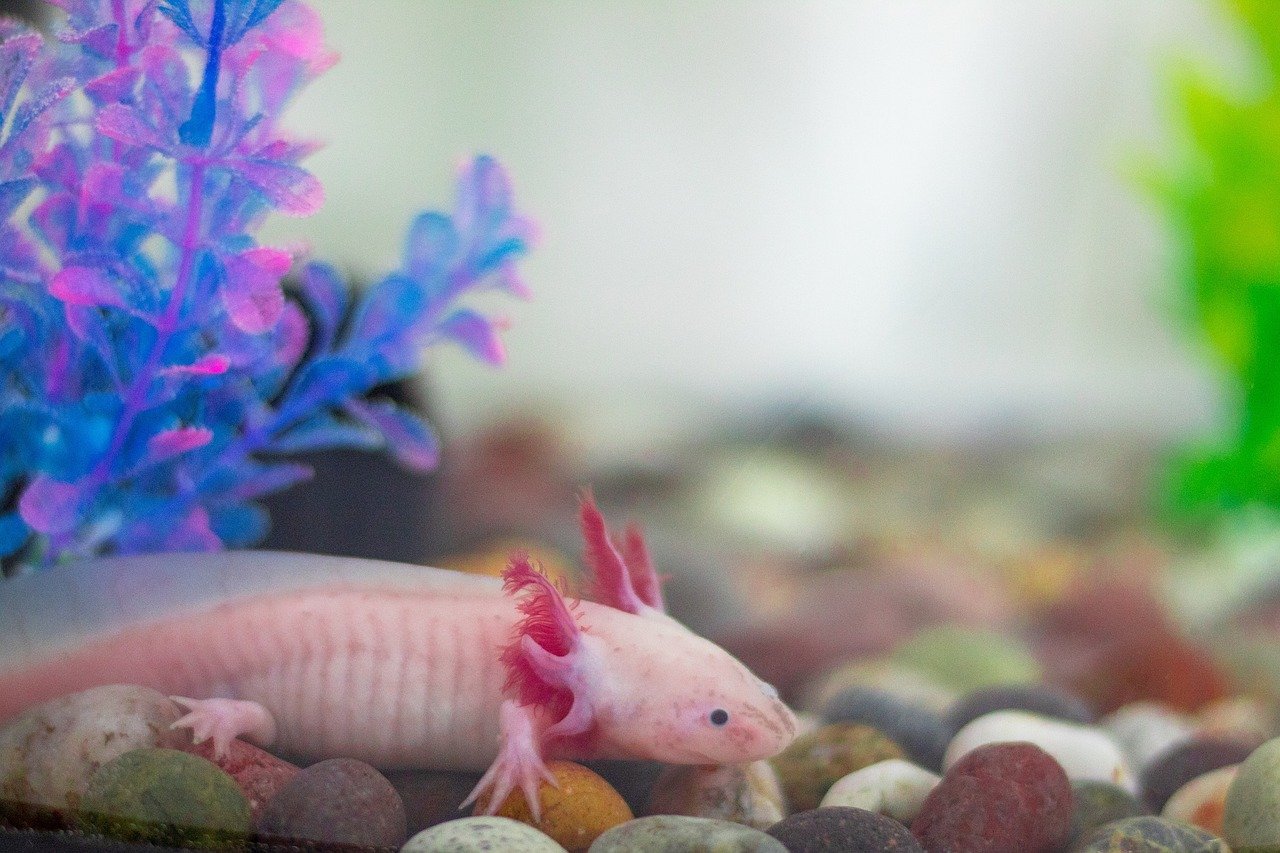Axolotls, often referred to as the “Mexican walking fish,” are fascinating creatures that capture the interest of animal enthusiasts and scientists alike. Their unique features and behaviors make them a popular subject of study and admiration. From their remarkable regenerative abilities to their quirky appearance, axolotls are truly one-of-a-kind. Whether you’re a seasoned axolotl aficionado or just discovering these charming amphibians for the first time, here are ten fun facts that will deepen your appreciation.
Not Your Average Salamander
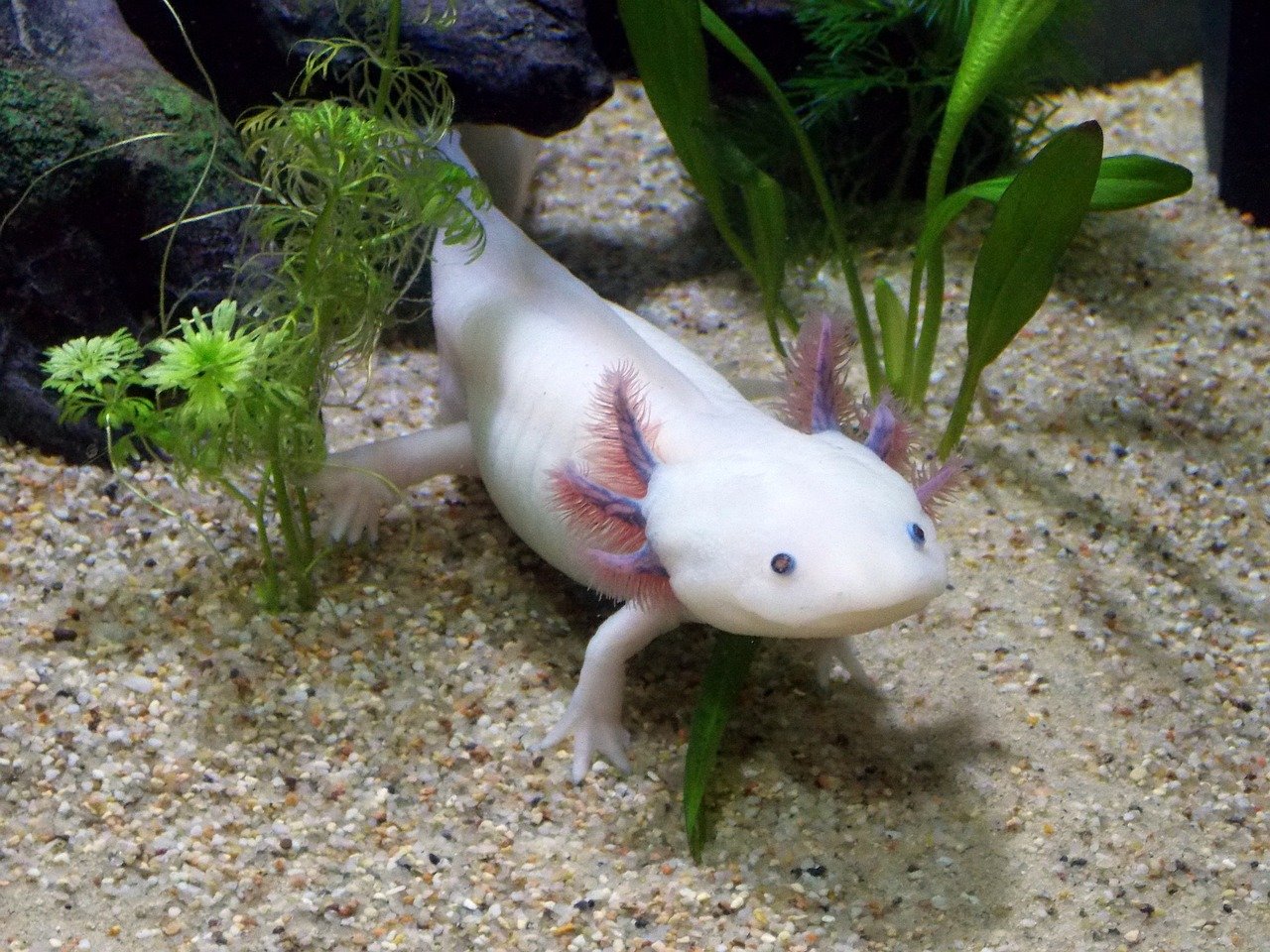
Axolotls are a type of salamander, but unlike their relatives, they remain in their larval stage throughout their lives. This condition, known as neoteny, means they retain their juvenile features, such as their feathery gills, even as adults. Imagine if humans never outgrew their baby features! This unique aspect of their biology allows them to live entirely in water and breathe through their gills, making them distinct from other amphibians that typically undergo metamorphosis to live on land.
Masters of Regeneration
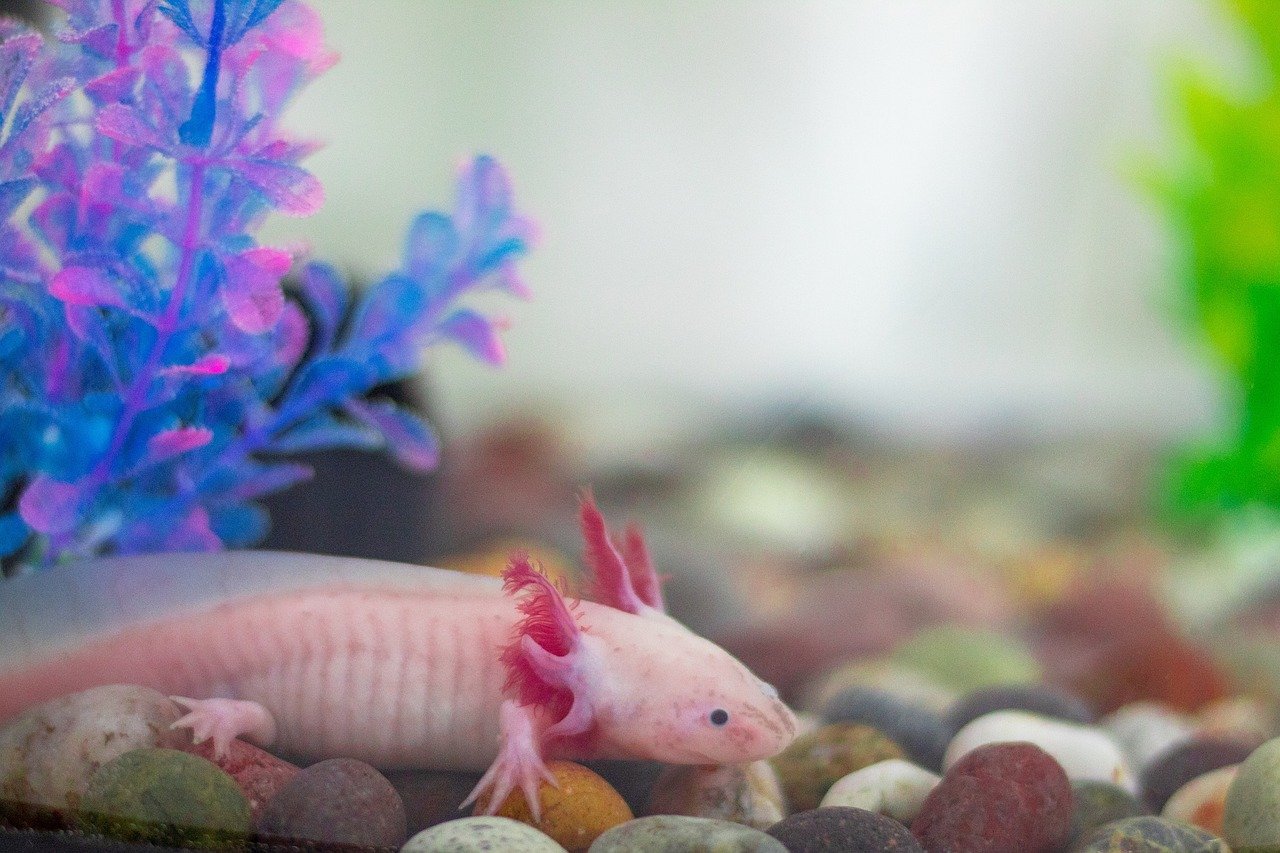
One of the most astonishing abilities of axolotls is their capacity to regenerate lost body parts. Whether it’s a limb, part of their spine, or even sections of their heart and brain, axolotls possess the capability to regrow these parts with remarkable precision. This ability has turned them into a subject of scientific study, as researchers explore the potential implications for human medicine. Imagine being able to regrow a lost finger or heal a damaged heart as effortlessly as these creatures do!
Endangered Yet Endearing
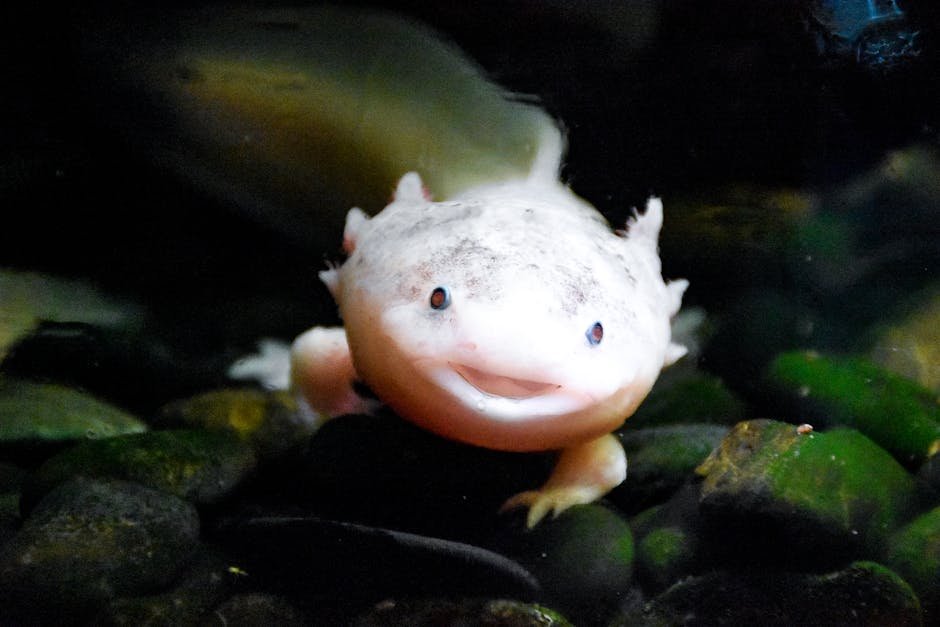
Despite their popularity, axolotls are critically endangered in the wild. Native to the lake complex of Xochimilco near Mexico City, their natural habitat has been severely threatened by urbanization, pollution, and invasive species. Conservationists are working tirelessly to protect and restore their environment, while captive breeding programs help maintain their existence. It’s a bittersweet reality that these beloved creatures are more commonly found in aquariums than in their native waters.
A Rainbow of Colors

Axolotls boast a variety of colors and patterns, from the wild type’s camouflaging speckled brown to the captivating leucistic pink, which is often mistaken for albino. Additionally, there are golden albinos with a sunny hue and melanoids that display a dark, almost black coloration. This diversity in appearance is due to selective breeding in captivity, making them a popular choice for pet owners who enjoy the visual appeal of these aquatic critters.
Staying Forever Young
Unlike most creatures, axolotls never undergo a full transition into adulthood. They keep their youthful traits and behaviors throughout their lives. This eternal youthfulness, combined with their curious expressions and playful antics, makes them endearing pets. It’s as if they are perpetually stuck in a state of carefree exploration, displaying a childlike wonder that captivates anyone lucky enough to observe them.
The Mythical Water Monster
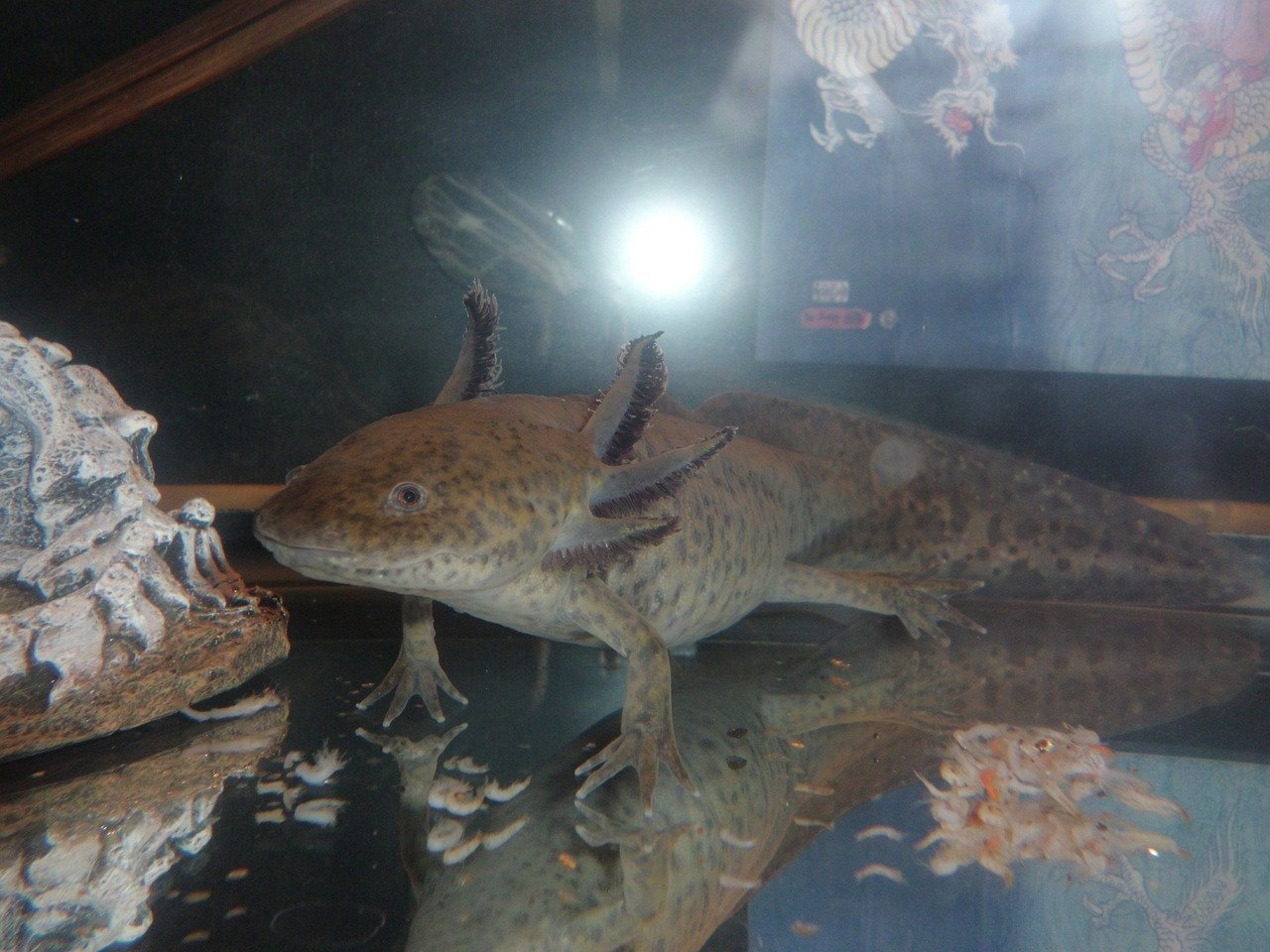
In Aztec mythology, axolotls were associated with the god Xolotl, who was said to have transformed into an axolotl to avoid sacrifice. This connection to ancient myths adds an element of mystery and intrigue to their already fascinating nature. It’s no wonder that axolotls have captivated human imagination for centuries, embodying the idea of transformation and survival against the odds.
Low Maintenance Companions
For those looking for a unique pet, axolotls are relatively low-maintenance compared to other exotic animals. They thrive in cool, clean water environments and have simple dietary needs, consisting mainly of worms and small fish. However, potential owners should be aware of their specific habitat requirements to ensure their well-being. With the right care, axolotls can live up to 15 years, providing a long-term companionship filled with interesting observations.
Fascinating Feeding Habits
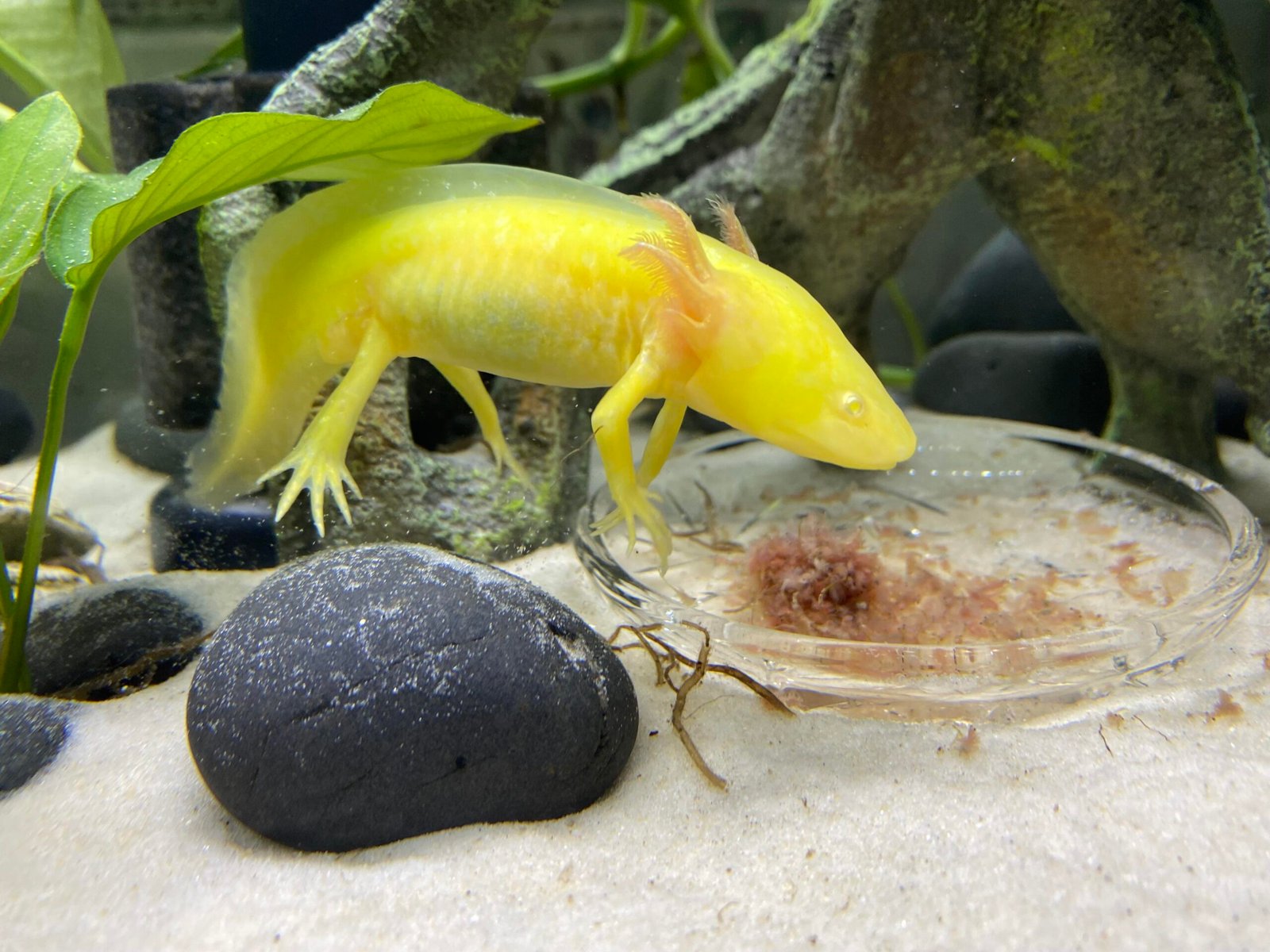
Axolotls are carnivorous creatures with a rather intriguing way of eating. They use suction to draw their prey into their mouths, much like a vacuum cleaner. This method of feeding is efficient and quite a spectacle to witness. Watching an axolotl catch its meal can be an entertaining experience, showcasing their natural hunting skills and adaptability in their aquatic environment.
Scientific Marvels
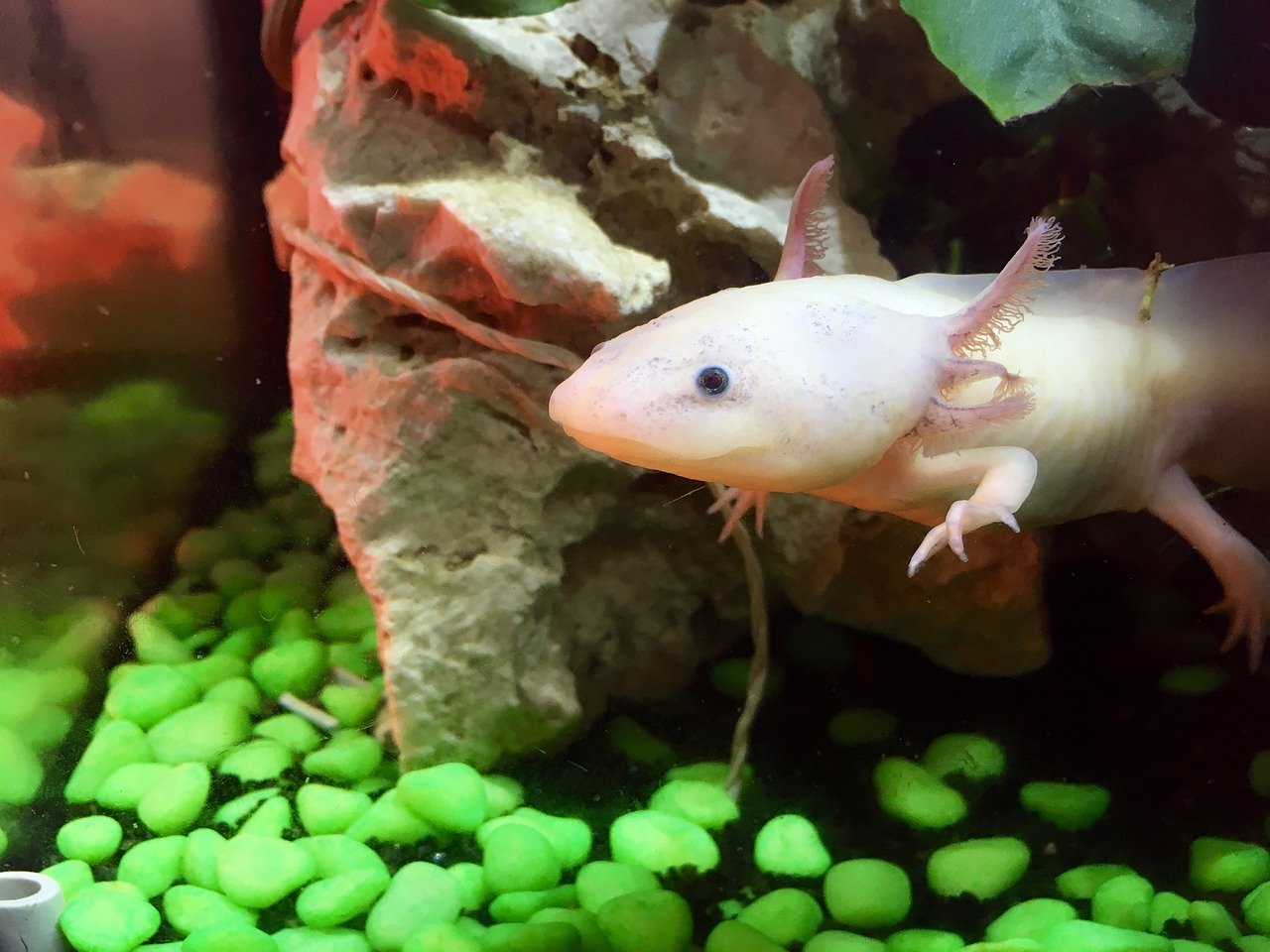
Axolotls have become valuable models in scientific research due to their regenerative abilities and unique biological traits. Scientists study them to understand how regeneration works at a cellular level, with hopes of applying this knowledge to human medicine. The axolotl’s simple yet effective healing process holds the potential to revolutionize how we approach injury repair and tissue regeneration in humans.
A Symbol of Hope and Resilience

Despite facing numerous challenges in the wild, axolotls symbolize hope and resilience. Their ability to adapt and regenerate serves as a reminder of nature’s incredible power to overcome adversity. As conservation efforts continue, axolotls inspire us to protect and preserve our planet’s biodiversity, ensuring that these remarkable creatures endure for future generations to marvel at.
In conclusion, axolotls are more than just peculiar pets or research subjects; they are a testament to the wonders of nature. From their eternal youthfulness to their mythical connections, these enchanting amphibians have much to teach us about life, survival, and the beauty of the natural world.


Andrew Alpin from India is the Brand Manager of Doggo digest. Andrew is an experienced content specialist and social media manager with a passion for writing. His forte includes health and wellness, Travel, Animals, and Nature. A nature nomad, Andrew is obsessed with mountains and loves high-altitude trekking. He has been on several Himalayan treks in India including the Everest Base Camp in Nepal.

